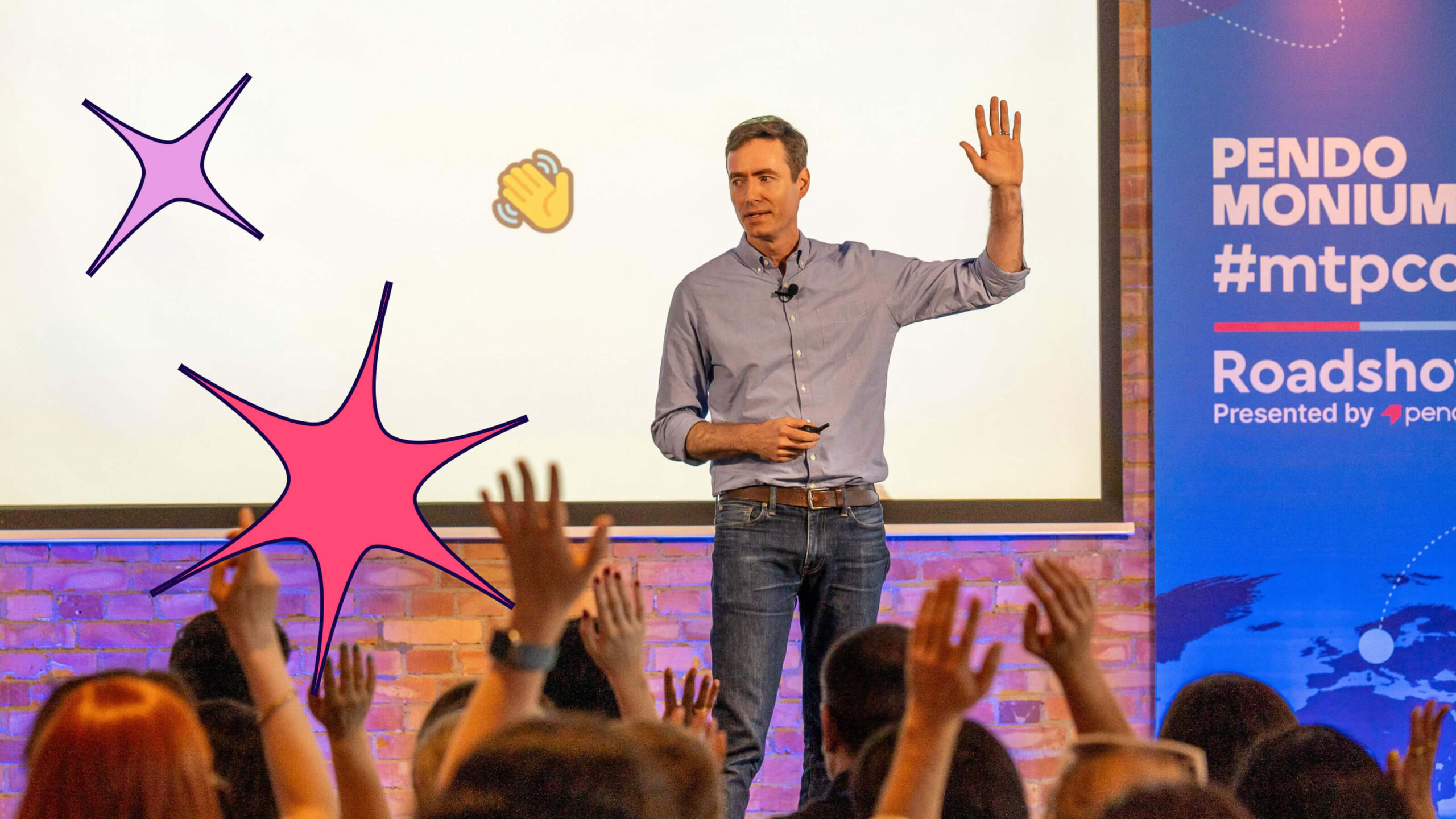As the chief product officer of a high-growth, fast-paced startup, I’m very much involved in designing and building a product that our customers will love. But my number one priority is actually building a highly effective and inspired product team.
Selfishly, it’s a matter of legacy. I want each member of my team to someday look back at what we accomplished, and how we accomplished it (just as important), and regard it as “the best work of their life.” That, ultimately, is how I measure success.
My team is my product, and so my approach to team building mimics my approach to building a product. This mindset allows me to borrow concepts and best practices my team and I are already comfortable with and apply them to our own development. I’ve asked myself, what are the most important practices that allow us to build the best possible product? Some obvious answers are:
- Empathy
- Rapid Experimentation
- Agility and Adaptability
Now, all of these turn out to be crucial to how I manage my team, not only for maximal efficiency, but also for a team that’s continuously creative, motivated, and excited to come to work every day.
Empathy
People matter. Whether they are customers, employees, or shareholders–all stakeholders matter. Just as we do when building solutions for our customers, they key is to have empathy for our team. To gain empathy means to understand their challenges, motivators, concerns, etc. Which means, of course, that it is important to spend time with, listen to, and routinely observe members of our team. There are three main ways that I gain insights into how the team is doing:
- Weekly 15Five report: we use 15five company-wide, with each employee spending 15 minutes every week answering 5 questions. Each team member starts by answering “How are you feeling?” on a 1-5 scale, and then report what they accomplished and what they hope to accomplish the following week, and also what they’re really proud of and what they need help with. I can quickly aggregate the scores for my team and understand at a high-level my team’s “happiness.”
- Weekly one-on-ones: I meet with every member of my team on a weekly basis. We have a flat team structure which allows me to connect with each teammate. I also check in weekly with those who don’t report to me. We are rapidly growing team–forming and storming–and it’s imperative that I understand what everyone is working on and how they’re doing. One-on-one’s also present a great opportunity simply work together through a challenge or issue to solve real-time or remove roadblocks.
- Quarterly Survey. I ask my team to score four statements (1-10) that allow me to understand their views on the product:
- I have enough customer context and feedback on what I’m working on (i.e. I understand the customer problem we’re trying to solve)
- I have a good understanding of the customer problem I’m working on.
- I understand how my work fits into the bigger picture.
- I’m proud of the product we’re building
Rapid Experimentation
We’re really big on running experiments in our products to test hypotheses and let the data show us what’s working. Similarly, I believe in running experiments in how we work, which I believe will help us identify practices that may be holding us back, and others that can propel us to greatness. We can also take good practices and make them better. We don’t always have to reinvent, but we seek to continually improve.
One experiment that we’re currently running involves asynchronous video meetings:
We are a distributed team across three offices – a remote CPO, HQ in Raleigh, and a newly acquired development team in Israel. Between my frequent travel, and timezone/workweek differences (the Israel team works Sun-Thu and they’re seven hours ahead), we overlap less than we’d like. Hence the decision to experiment with video. I may leave a message in the afternoon that my team in Israel doesn’t see until their next day. I may not share something profound, but seeing me, and seeing others in their environment, can close the distance that we often feel. We’re still early–and seeing interesting activity–but it is promising.
Role modeling this will hopefully inspire product managers and design leaders to do the same. To cultivate, nourish, and develop high performing teams across the company and in development teams.
Agility and Adaptability
Product management is about synthesizing a great deal of information from diverse sources and often managing competing needs without causing disharmony. Nothing could be more true about managing a rapidly growing product team.
The challenges we face are nothing new or unique, but we are a startup, and so we’re in a constant state of forming, norming, and change. To do the best work we need to be connected to real challenges – individually and collectively. Based on the data we collect, and the experiments we run, we can create new practices–just for our team–something individualized and specific that helps us adapt and face challenges head-on.
CPO of My Team
In the end, my role is to ensure that we have a high-functioning team. To me, this means a team that has deep customer empathy; time to solve problems but also be innovative; a team that understands the bigger vision and is inspired by it, and has the people, process, and tools to be both efficient and effective.
In the end, a healthy product team will develop an amazing product customers will love.


